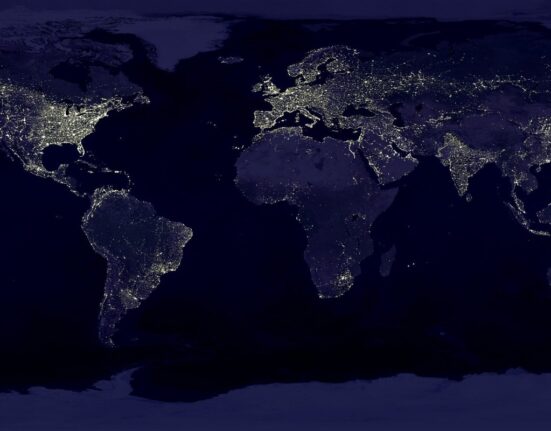Pakistan is situated among the list of twenty countries that have been deemed vulnerable to excessive rainfall. The reason behind this is that the El Nino oceanographic phenomenon is anticipated to resurface in June after three years of La Nina.
According to a report published by the Global Information and Early Warning System (GIEWS) of the United Nations’ Food and Agriculture Organisation (FAO), while the risk of excessive rainfall is prevalent in twenty countries, 42 other countries are also susceptible to the impacts of El Nino, which could result in dry conditions.
Pakistan with 42 other countries
The countries that are at risk of excessive rainfall include Afghanistan, Argentina, Armenia, Azerbaijan, Bhutan, Iran, Iraq, Kazakhstan, Kenya, Kyrgyzstan, Mexico, Pakistan, Paraguay, Syria, Tajikistan, Turkiye, Turkmenistan, the United States and Uzbekistan.

The report aims to draw attention to the nations where the occurrence of dry weather conditions induced by El Nino could adversely affect cereal production in the 2023-24 period, aggravating local food insecurity.
Also read: Drought Emergency: Canals In Venice Begin To Run Dry Due To Low Tide & Lack Of Rain
A massive threat
The El Nino oceanographic phenomenon, which is anticipated to resurface in June 2023, was a significant driver of extreme weather events that posed high risks to global food security. In 2022, the number of individuals experiencing acute food insecurity was expected to rise to as much as 222 million in 53 countries/territories.

The report revealed that the world witnessed a third consecutive La Nina occurrence in 2022 and early 2023, a rare happening that has only occurred twice since 1950. La Nina events are frequently linked with wetter conditions in Australia and drier conditions in the United States, South America, and East Africa.
What do you think of the story? Share your thoughts with us in the comments section below!












